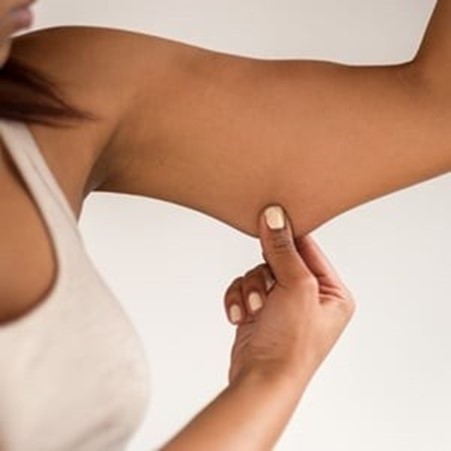A 70-year-old male client who is convalescing from a hip replacement is identified as being at risk for developing a pressure ulcer. Which physical characteristic of aging contributes most to this risk factor?
A decreased ability to communicate.
Thinning of the skin with loss of elasticity.
A 16 percent increase in overall body fat.
Calcium loss in the bones.
The Correct Answer is B
The correct answer is choice B: Thinning of the skin with loss of elasticity.
Choice A rationale:
While a decreased ability to communicate can be a significant challenge in elderly clients, it is not the primary physical characteristic of aging that contributes to the risk of pressure ulcers. Pressure ulcers develop due to prolonged pressure on specific areas of the skin, leading to reduced blood flow and tissue damage.
Choice B rationale:

Thinning of the skin with loss of elasticity is a critical physical characteristic of aging that contributes to the risk of pressure ulcers. As the skin becomes thinner and less elastic with age, it becomes more susceptible to injury from pressure and shear forces, increasing the likelihood of developing pressure ulcers.
Choice C rationale:
A 16 percent increase in overall body fat does not directly contribute to the risk of pressure ulcers. While changes in body composition occur with aging, the primary risk factors for pressure ulcers are related to skin integrity and mobility, not body fat percentage.
Choice D rationale:
Calcium loss in the bones (osteoporosis) is not the main contributing factor to pressure ulcers. Osteoporosis primarily affects bone density and strength but does not directly influence the development of pressure ulcers.
Nursing Test Bank
Naxlex Comprehensive Predictor Exams
Related Questions
Correct Answer is D
Explanation
The correct answer is choice D - Bilateral lung sounds.
Choice A rationale:
Heart sounds. While assessing heart sounds is crucial, the question specifically mentions complications of left-sided heart failure, which primarily affects the lungs. Therefore, assessing lung sounds is a higher priority in this situation.
Choice B rationale:
Mood and affect. While assessing the client's mood and affect is important for holistic care, it is not the most critical assessment to implement first in the case of left-sided heart failure complications.
Choice C rationale:
Chest pain. Although chest pain may be a symptom of left-sided heart failure complications, assessing bilateral lung sounds takes precedence as it directly relates to the client's respiratory status.
Choice D rationale:
Bilateral lung sounds. In left-sided heart failure, fluid can accumulate in the lungs, leading to pulmonary congestion and impaired gas exchange. Therefore, assessing lung sounds helps identify any respiratory distress early on, allowing prompt intervention and prevention of further complications.
Correct Answer is A
Explanation
The correct answer is Choice A:
"Are you planning to obey the voices?.”. Choice A rationale:
The PN should ask the client if he plans to obey the voices because it helps assess the potential risk of harm to himself or others. If the client indicates an intention to follow the voices' commands to harm someone, it indicates a serious concern for safety and may require immediate intervention to protect the client and others.
Choice B rationale:
While asking if the client believes the voices are real is important for understanding the client's perception of the situation, it may not immediately address the risk of harm that the client or others might be facing.
Choice C rationale:
Asking if the client has taken any hallucinogens is relevant to explore possible substance- induced psychosis, but this question should be asked later in the assessment process. The priority is to assess immediate safety concerns related to the client's compliance with the voices' instructions.
Choice D rationale:
Inquiring about when the voices began is important, but it is not the most urgent question in this situation. Although the onset of the symptoms is relevant, addressing the potential for harmful actions should be prioritized.
Whether you are a student looking to ace your exams or a practicing nurse seeking to enhance your expertise , our nursing education contents will empower you with the confidence and competence to make a difference in the lives of patients and become a respected leader in the healthcare field.
Visit Naxlex, invest in your future and unlock endless possibilities with our unparalleled nursing education contents today
Report Wrong Answer on the Current Question
Do you disagree with the answer? If yes, what is your expected answer? Explain.
Kindly be descriptive with the issue you are facing.
